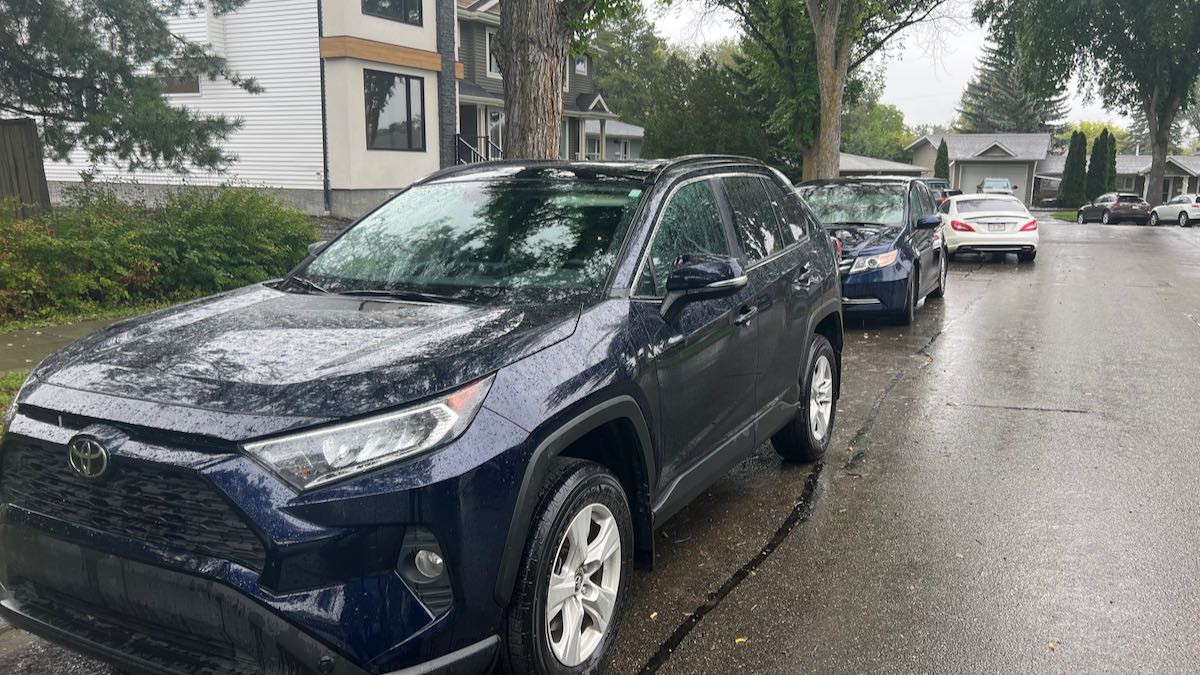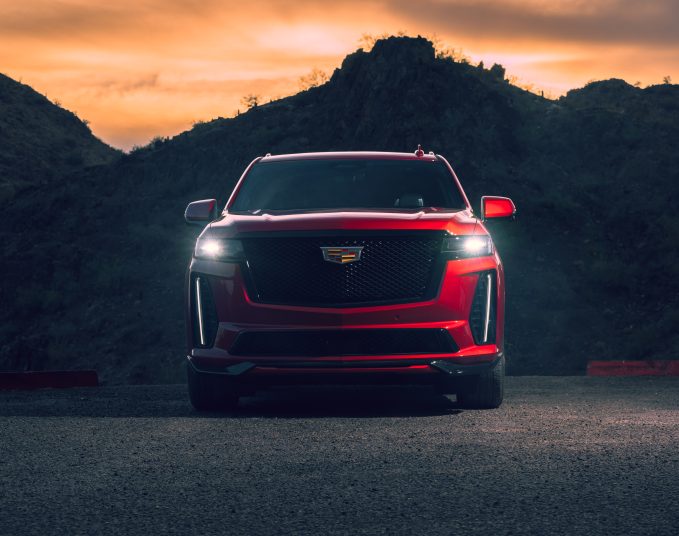The RV that’s been parked alongside a curb for weeks. The strange car parked in front of your front yard. You invite friends over, but they can’t find a spot on the street near your home.
Residential street parking has a special way of boiling our blood.
And, this week, as City Council returned to work from its summer break, parking was one of the first topics of conversation.
Council mulled over an application to rezone a lot in Hazeldean, on 93rd Street just north of 63rd Avenue. Platinum Living Homes has made an application to build multiple-unit housing on that lot — and the rezoning, which was later unanimously approved, would allow for a maximum of four units with opportunities for more garden and/or secondary suites.
Two local residents showed up at City Hall to oppose the plan, and one had a petition in hand signed by multiple Hazeldean neighbours. A big part of the debate was the increase in traffic and parking requirements that a multi-unit development would require.
And this is where a perfect storm of factors come together, the need to repopulate mature neighbourhoods, and the reality that the number of large vehicles on our streets is exploding. Not only are there more vehicles on Edmonton’s streets, the size of the vehicles we drive is increasing, as well. So, more vehicles are competing for curb space, and the spaces are reduced by king-cab pickups and tank-like SUVs.
As pointed out by Coun. Andrew Knack, Hazeldean’s population has significantly shrunk over the past 50 years. In the early 1970s, more than 5,000 people called that neighbourhood home. Now, it’s home to a little more than 3,000 residents.
“We’re trying to bring people back, and they bring tension,” said Knack.
“But if you don’t see investment in the community, your neighbourhood starts to degrade.”
A lot of this has to do with how the sizes of families have shrunk. Where five or six people used to live in a large home, it might now be occupied by just two or three. Meanwhile, as Mayor Amarjeet Sohi pointed out, we’re more car-dependent than ever in Edmonton.
This is supported by vehicle registration numbers from the province. And maybe that’s where we need to change the language from “car-dependent” to “SUV-dependent.” In 2012, there were about 600,000 registered vehicles in the city. That’s grown to a little more than 700,000. But the big reason for the surge is SUV ownership. In 2012, there were a little more than 135,000 sport utes in the city. As of the most recent count, there are now more than 260,000 — almost double.
In fact, there are currently about 40,000 fewer cars — sedans, coupes, etc. — on Edmonton’s streets than there were a decade ago.
City administration is preparing to implement the Curbside Management Strategy over the next five to seven years, which promises to “modernize the existing Residential Parking Program with an enhanced program that balances managing curbside congestion in local areas with broader city-building goals identified in The City Plan.” And while the city currently has open parking, Coun Michael Janz mulled if restrictions would be needed in the future.
“If you have a property, should you be limited to one or two [parking] permits?” he said.
Janz said there is no way anyone can predict how many added vehicles a development might bring in. He said that one resident in a higher density project may not have a vehicle, but a family in a single detached home may have multiple vehicles.
And Janz asked if the City could ever “require people to not use garages for storage,” which could take pressure off the curbs.
“Only by being efficient with our infrastructure do we keep our taxes down.”
Savvy AF. Blunt AF. Edmonton AF.




